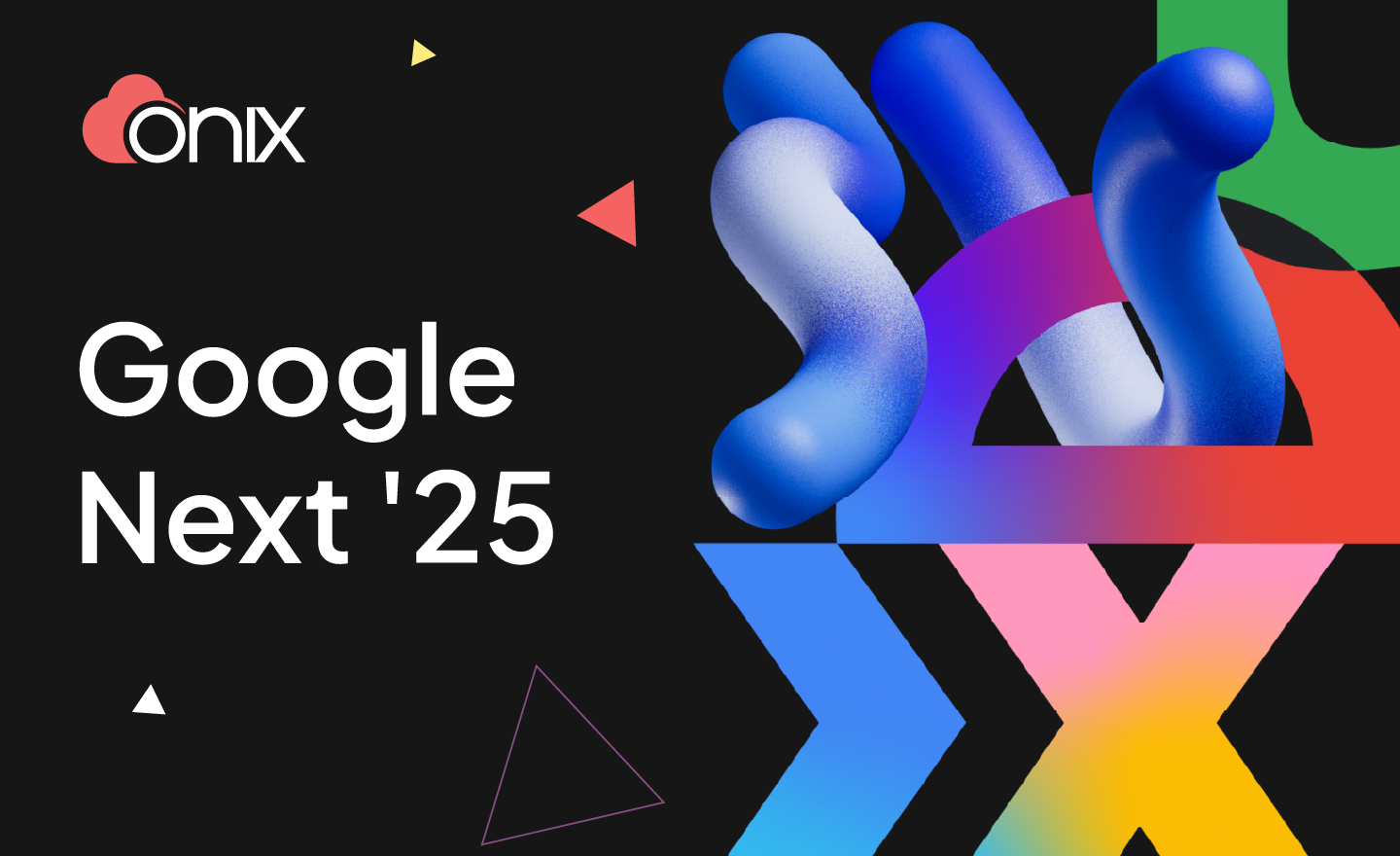According to Gartner, 65% of the global application workloads will be optimized or ready for cloud delivery by 2027. This is up from just 45% in 2022. As more organizations prepare for cloud migration, ETL (or Extract, Transform, Load) modernization is often overlooked as part of their strategy.
Without ETL modernization, organizations often end up compromising on their workload performance and increasing their migration costs. Why must ETL modernization be part of any cloud migration strategy? Let’s discuss.
ETL Challenges in Legacy Data Warehouses
Essentially, ETL pipelines are a set of coding instructions to move data from the data source to the target. After extracting data from the source, ETL tools transform and load the output data into the data warehouse. This process works as long as the data sources, ETL tools, and data warehouses are located in the on-premises environment. However, ETL problems start emerging as data warehouses increase in size and complexity.
For instance, unstructured data in the form of images, audio, and videos impact the performance of the ETL pipeline. Besides that, ETL pipelines face latency-related problems as more time and resources are utilized to convert the data before loading it into warehouses.
Additionally, here are some ETL challenges when dealing with massive data volumes:
- Time consumption: Legacy ETL tools are slow in performance when dealing with thousands of ETL jobs for moving data or application workloads to a cloud platform.
- High costs: Licensing costs for legacy ETL solutions are a major cost factor for small and growing companies. Additionally, these legacy tools require significant investments in servers and storage space.
- Proprietary tools: Legacy ETL tools are not open-source, thus making it complex to integrate with third-party tools like Databricks. Open-source tools are preferred by companies over proprietary tools.
- Limited scalability: Traditional ETL platforms are not designed for cloud usage. With their limited scalability, these platforms cannot support rapid growth in business data and applications.
Additionally, legacy ETL platforms are incompatible with the cloud environment. Hypothetically speaking, legacy ETL tools cannot be migrated to the cloud premises. Even after modifying the ETL code for the cloud, its data sources will continue to operate on-premises. This increases the dependency of ETL solutions on the network infrastructure, thus adding to latency and performance issues.
How ETL Modernization Addresses these challenges
Through ETL modernization, organizations can seamlessly migrate their ETLs to the cloud. Code rewriting is the best way to modernize and migrate ETLs to the cloud. However, manual code rewriting is not feasible simply due to the performance and cost-related issues.
The only way forward is to automate the ETL modernization process. As part of Datametica’s Bird product suite, Raven is among the best solutions for ETL migration that automates the process of ETL code conversion. With our Raven tool, you can:
- Eliminate the use of legacy ETL tools
- Avoid the manual rewriting of ETL code
- Streamline the entire cloud migration process
Datametica, now part of Onix, is the industry leader in data modernization and cloud migration services. To learn more about our Raven tool or any of our data migration products, reach out to us today.
Reference links: https://wavicledata.com/blog/etl-modernization-reduce-migration-timelines-and-unlock-scalabilty-and-real-time-data-processing/









